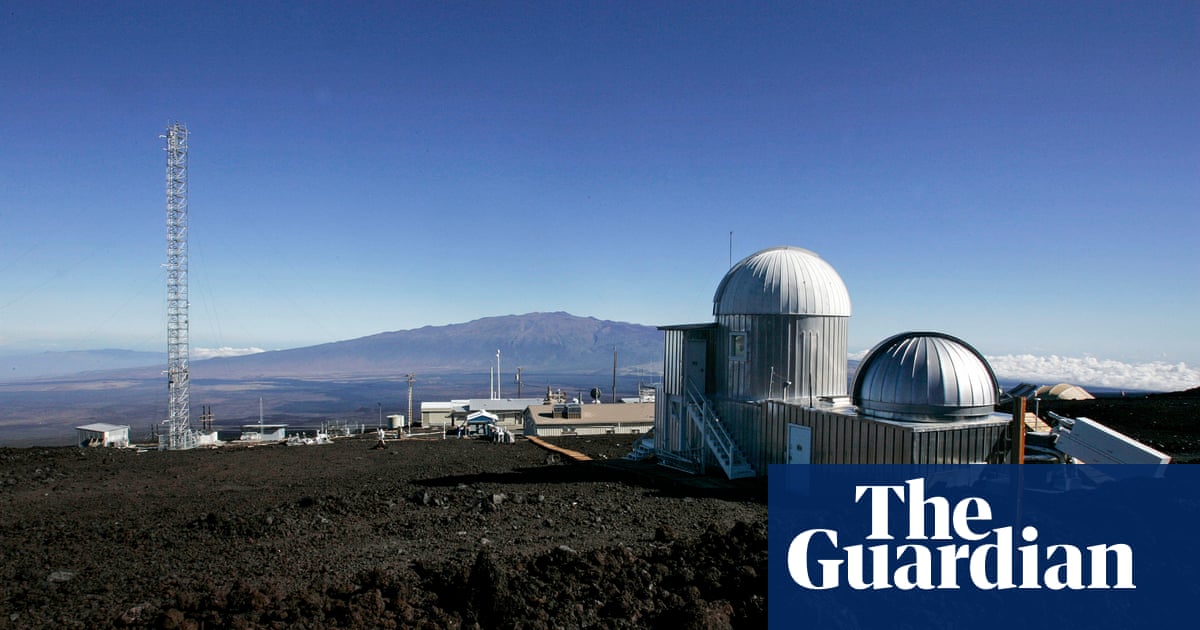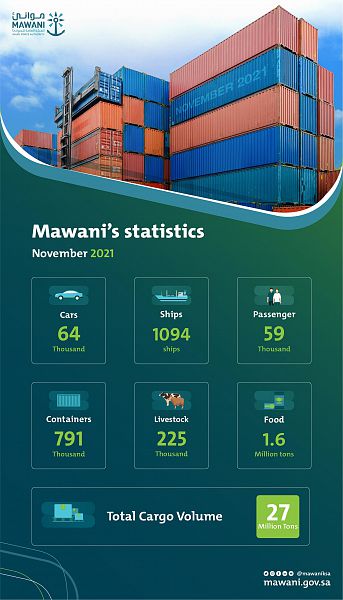
The largest ever recorded leap in the amount of carbon dioxide laden in the world’s atmosphere has just occurred, according to researchers who monitor the relentless accumulation of the primary gas that is heating the planet.
The global average concentration of carbon dioxide in March this year was 4.7 parts per million (or ppm) higher than it it was in March last year, which is a record-breaking increase in CO2 levels over a 12-month period.
The increase has been spurred, scientists say, by the periodic El Niño climate event, which has now waned, as well as the ongoing and increasing amounts of greenhouse gases expelled into the atmosphere due to the burning of fossil fuels and deforestation.
“It’s really significant to see the pace of the increase over the first four months of this year, which is also a record,” said Ralph Keeling, director of the CO2 Program at UC San Diego’s Scripps Institution of Oceanography. “We aren’t just breaking records in CO2 concentrations, but also the record in how fast it is rising.”
The global CO2 readings have been taken from a station perched upon the Mauna Loa volcano in Hawaii since the measurements began in 1958 under Keeling’s father, Charles. The concentrations of CO2 have increased each year since, as the heat-trapping gas continues to progressively accumulate due to rampant emissions from power plants, cars, trucks and other sources, with last year hitting a new global record in annual emissions.
In June, the National Oceanic and Atmospheric Administration announced that global concentration of CO2 had hit 421ppm, a 50% increase on pre-industrial times and the highest in millions of years. The latest reading from Mauna Loa shows the world at around 426ppm of CO2.
Before the point where humans starting expelling huge volumes of carbon dioxide into the atmosphere through the burning of fossil fuels, CO2 levels were around 280ppm for almost 6,000 years of human civilization.
The rapid rise in the heat-trapping gas threatens the world with disastrous climate breakdown in the form of severe heatwaves, floods, droughts and wildfires. Recent research has suggested that CO2 levels were last this high around 14m years ago, causing a climate that would appear alien to people alive today.
The previous record annual rise in CO2 took place in 2016, amid another El Niño event, which temporarily causes a spike in global temperatures. A more standard annual increase of around 2-3ppm will likely return following the end of this latest El Niño, but this is little cause for comfort, according to Keeling.
“The rate of rise will almost certainly come down, but it is still rising and in order to stabilize the climate, you need CO2 level to be falling,” he said. “Clearly, that isn’t happening. Human activity has caused CO2 to rocket upwards. It makes me sad more than anything. It’s sad what we are doing.”












